🌱 Is your garden falling short of its potential? Do you dream of lush, thriving plants but struggle to achieve the results you desire? You’re not alone. Many gardeners face the challenge of creating optimal living conditions for their green companions. But fear not – the solution is closer than you think!
Prepare to be amazed as we unveil 7 surprising tips that will revolutionize your gardening game. From soil secrets to microclimate magic, these unconventional strategies will transform your garden into a vibrant oasis. Whether you’re a seasoned green thumb or a budding enthusiast, these innovative techniques will elevate your plant care routine to new heights.
Get ready to embark on a journey through the hidden world of plant perfection. We’ll explore the intricate dance of light manipulation, uncover the power of companion planting, and dive into eco-friendly pest control solutions. By the end of this post, you’ll be armed with the knowledge to create the best living conditions for your plants, ensuring a thriving, beautiful garden that will be the envy of the neighborhood. Let’s dig in and discover the secrets to unlocking your garden’s full potential!+ Add Section
Soil Secrets: The Foundation of Plant Health
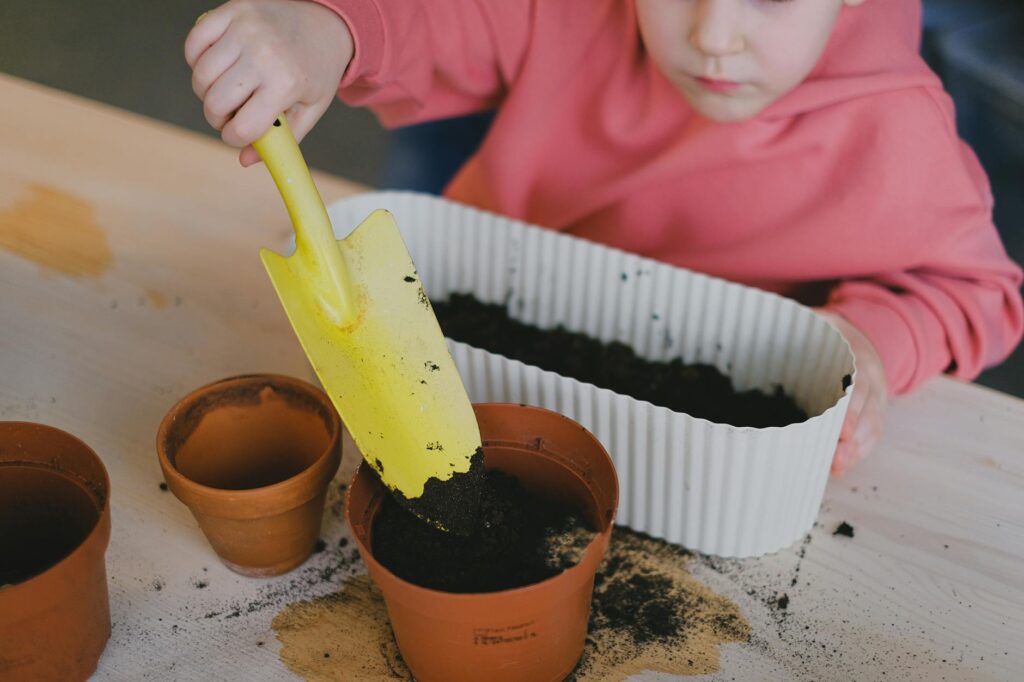
Table of Contents
Optimal pH levels for different plants
Understanding soil pH is crucial for creating the best-growing conditions for your outdoor plants. Different plants thrive in different pH ranges, and knowing these preferences can significantly transform your garden.
| Plant Type | Optimal pH Range |
|---|---|
| Vegetables | 6.0 – 7.0 |
| Fruits | 5.5 – 6.5 |
| Flowers | 6.0 – 7.0 |
| Shrubs | 5.5 – 6.5 |
| Acid-loving plants | 4.5 – 5.5 |
To test your soil’s pH, use a home testing kit or send a sample to a local agricultural extension office. Once you know your soil’s pH, you can adjust it using various methods:
- To raise pH: Add lime or wood ash
- To lower pH: Incorporate sulfur or peat moss
Nutrient-rich compost blends
Compost is the secret weapon for transforming your garden soil into a nutrient-rich paradise for plants. Creating the perfect compost blend involves:
- Balancing green and brown materials
- Ensuring proper aeration
- Maintaining adequate moisture
- Monitoring temperature
A well-balanced compost blend should include:
- Green materials (nitrogen-rich): Grass clippings, vegetable scraps, coffee grounds
- Brown materials (carbon-rich): Dry leaves, straw, paper
- Mineral additives: Crushed eggshells, wood ash (in moderation)
Aim for a ratio of 3 parts brown to 1 part green materials. This balance ensures optimal decomposition and nutrient release.
Proper drainage techniques
Proper soil drainage is essential for preventing root rot and ensuring optimal growing conditions for your plants. Here are some effective drainage techniques:
- Raised beds: Elevate your planting area to improve water flow and soil aeration.
- Soil amendments: Mix in organic matter like compost or perlite to improve soil structure.
- French drains: Install underground pipes to redirect excess water away from planting areas.
- Grading: Slope your garden slightly to encourage natural water runoff.
For container gardens, ensure pots have adequate drainage holes and use a well-draining potting mix. You can also add a layer of gravel at the bottom of containers to improve drainage further.
By mastering these soil secrets, you’ll create the foundation for healthy, thriving plants in your garden. With optimal pH levels, nutrient-rich compost, and proper drainage, your plants will have the best possible start in life. Now that we’ve covered the essentials of soil health, let’s explore how to maximize sun exposure for your plants through light manipulation.+ Add Section
Light Manipulation: Maximizing Sun Exposure

Understanding plant light requirements
To maximize sun exposure and create optimal growing conditions for your plants, it’s crucial to understand their light requirements. Different plants have varying needs when it comes to sunlight, and meeting these needs is essential for their growth and overall health.
Light intensity categories
Plants generally fall into three main categories based on their light requirements:
- Full sun plants: Need 6+ hours of direct sunlight daily
- Partial sun/shade plants: Thrive with 3-6 hours of direct sunlight
- Full shade plants: Prefer less than 3 hours of direct sunlight
Here’s a quick reference table for common garden plants and their light requirements:
| Plant Type | Light Requirement | Examples |
|---|---|---|
| Full Sun | 6+ hours | Tomatoes, Sunflowers, Lavender |
| Partial Sun/Shade | 3-6 hours | Hostas, Impatiens, Ferns |
| Full Shade | <3 hours | Moss, Coral Bells, Bleeding Heart |
Understanding these requirements allows you to place your plants strategically in your garden for optimal growth.
Creative shading solutions
For plants that require partial shade or protection from intense afternoon sun, consider these creative shading solutions:
- Temporary shade cloth: Easy to install and remove as needed
- Vertical structures: Use trellises or pergolas to create shade
- Companion planting: Tall plants can provide shade for shorter, shade-loving varieties
- Movable containers: Reposition potted plants throughout the day for ideal light exposure
These solutions allow you to manipulate light conditions and create microclimates within your garden, catering to the specific needs of each plant.
Reflective surfaces for light-starved areas
In areas where direct sunlight is limited, you can use reflective surfaces to redirect and amplify available light. This technique is particularly useful for:
- North-facing gardens
- Shaded corners
- Indoor plants
Consider these reflective materials to boost light in your garden:
- White-painted walls or fences
- Metallic surfaces (e.g., aluminum foil)
- Mirrors strategically placed
- Light-colored gravel or pebbles
By incorporating these reflective elements, you can significantly increase the amount of light reaching your plants, even in traditionally light-starved areas.
Now that we’ve explored light manipulation techniques, let’s move on to another crucial aspect of plant care: water wisdom and hydration hacks.+ Add Section
Water Wisdom: Hydration Hacks
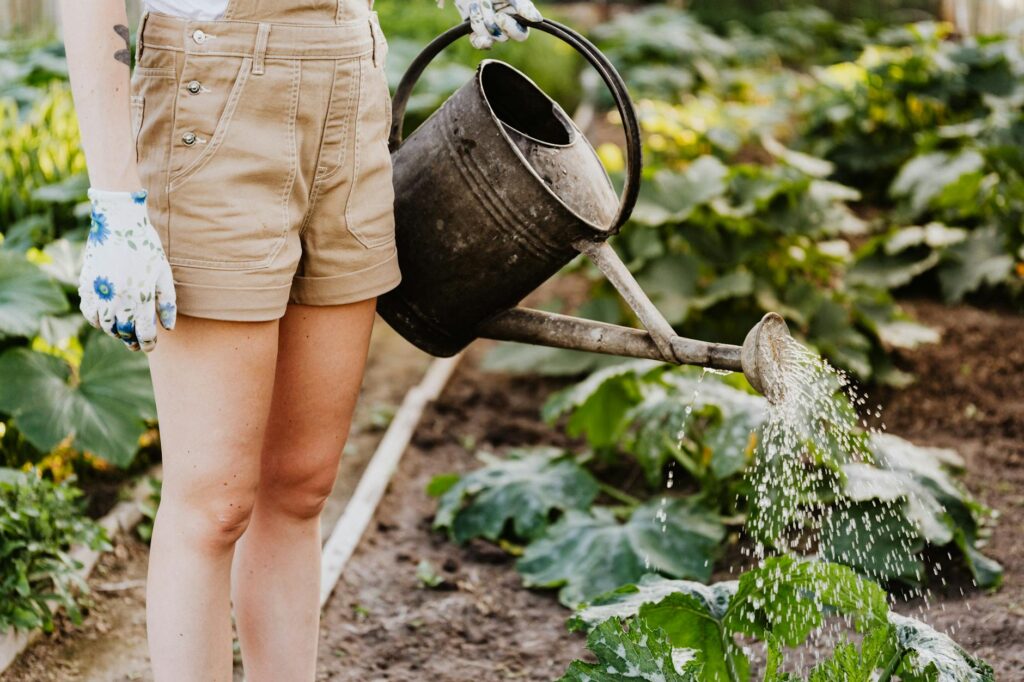
Smart irrigation systems
In the quest for optimal plant hydration, smart irrigation systems have emerged as game-changers. These innovative systems use sensors, weather data, and automation to deliver water precisely when and where plants need it most. Here’s a breakdown of popular smart irrigation options:
| System Type | Features | Benefits |
|---|---|---|
| Weather-based | Adjusts watering based on local weather forecasts | Prevents overwatering during rainy periods |
| Soil moisture sensors | Measure soil moisture levels and trigger watering accordingly | Ensures plants receive water only when needed |
| Smart sprinkler controllers | Allow remote control via smartphone apps | Enables easy scheduling and adjustments |
| Drip irrigation | Delivers water directly to plant roots | Reduces water waste and promotes deep root growth |
By implementing a smart irrigation system, you can significantly reduce water consumption while maintaining optimal growing conditions for your outdoor plants.
Rainwater harvesting techniques
Harnessing nature’s bounty is an eco-friendly way to hydrate your garden. Rainwater harvesting not only conserves water but also provides plants with naturally soft, chemical-free hydration. Consider these techniques:
- Rain barrels: Install them under downspouts to collect roof runoff
- Rain gardens: Create shallow depressions in your landscape to capture and filter rainwater
- Permeable surfaces: Use gravel or permeable pavers to allow water to seep into the ground
- Swales: Dig shallow, gently sloping channels to direct water flow and increase absorption
Mulching for moisture retention
Mulching is a simple yet effective technique for maintaining soil moisture. By applying a layer of organic material around your plants, you can:
- Reduce water evaporation
- Regulate soil temperature
- Suppress weed growth
- Improve soil structure over time
Choose from a variety of mulch materials such as:
- Wood chips
- Straw
- Compost
- Leaf litter
- Pine needles
Apply a 2-4 inch layer of mulch around your plants, ensuring it doesn’t touch the stems or trunks to prevent rot.
Water-wise plant selection
Selecting plants that thrive in your local climate and require minimal watering is key to a sustainable garden. Consider these drought-tolerant options:
- Native species: Naturally adapted to local conditions
- Succulents: Store water in their leaves and stems
- Mediterranean herbs: Thrive in dry, sunny conditions
- Ornamental grasses: Require little water once established
Now that we’ve explored various hydration hacks, let’s move on to another crucial aspect of creating the best plant living conditions: companion planting. This natural approach can enhance your garden’s overall health and productivity.+ Add Section
Companion Planting: Nature’s Synergy
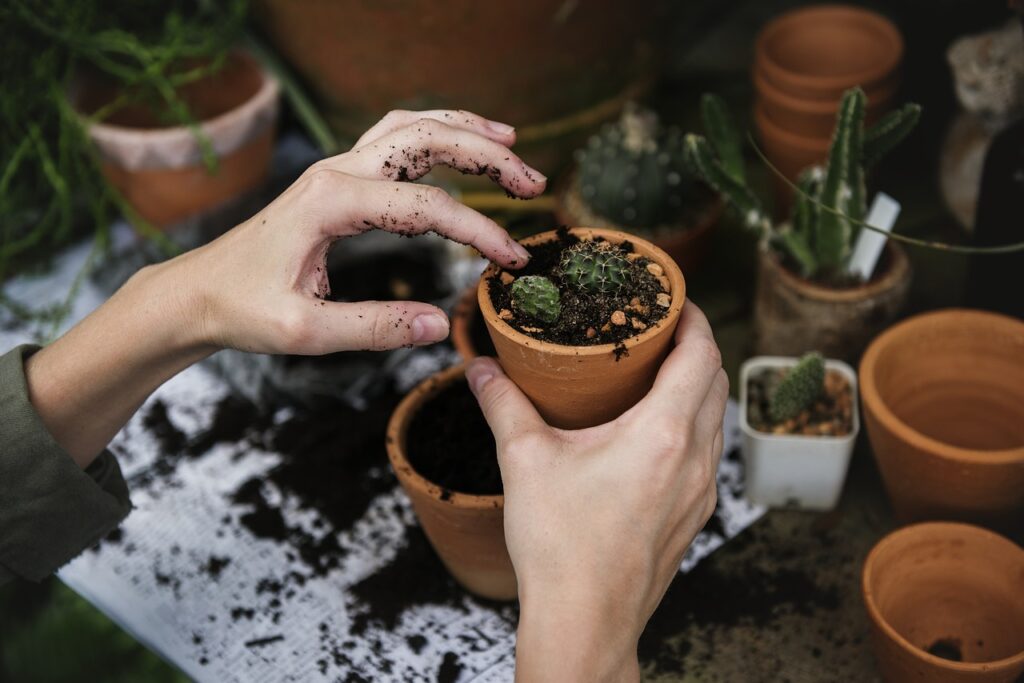
Beneficial plant pairings
Companion planting is a gardening technique that harnesses the power of nature’s synergy to create a thriving ecosystem in your garden. By strategically pairing plants, you can enhance growth, improve flavor, and increase yields. Here are some beneficial plant pairings that can transform your garden:
- Tomatoes and Basil: This classic duo not only tastes great together in the kitchen but also works wonders in the garden. Basil repels pests that commonly attack tomatoes, while tomatoes provide shade for the basil.
- Corn, Beans, and Squash: Known as the “Three Sisters,” this Native American planting technique is a perfect example of companion planting. The corn provides support for the beans, the beans fix nitrogen in the soil, and the squash acts as a living mulch, suppressing weeds and retaining moisture.
- Carrots and Onions: Onions help deter carrot flies, while carrots help break up the soil, making it easier for onions to grow.
- Roses and Garlic: Garlic planted near roses can help repel aphids and other pests that commonly attack roses.
| Plant Pair | Benefits |
|---|---|
| Tomatoes & Basil | Pest repellent, flavor enhancement |
| Corn, Beans & Squash | Structural support, nitrogen fixation, weed suppression |
| Carrots & Onions | Pest deterrent, soil improvement |
| Roses & Garlic | Pest repellent |
Pest-repelling combinations
Certain plants have natural pest-repelling properties that can protect their neighbors. By incorporating these combinations, you can reduce the need for chemical pesticides:
- Marigolds: These colorful flowers repel a wide range of pests, including nematodes. Plant them throughout your garden for maximum benefit.
- Nasturtiums: These act as a trap crop for aphids, drawing them away from your valuable plants.
- Lavender: This fragrant herb repels moths, fleas, and mosquitoes. Plant it near seating areas for a pleasant, pest-free environment.
- Chives: These pungent plants deter aphids and Japanese beetles. They work particularly well when planted near apple trees or roses.
Nutrient-sharing partnerships
Some plants have the ability to improve soil conditions for their neighbors:
- Legumes (beans, peas, clover) fix nitrogen in the soil, benefiting nearby plants that require high nitrogen levels.
- Deep-rooted plants like comfrey can mine nutrients from deep in the soil, making them available to shallow-rooted plants when their leaves decompose.
- Certain plants, known as dynamic accumulators, concentrate specific nutrients in their tissues. When these plants die and decompose, they release these nutrients back into the soil.
By understanding and implementing these companion planting strategies, you can create a harmonious and productive garden ecosystem. This natural approach not only improves plant health and yield but also contributes to a more sustainable and eco-friendly gardening practice. As we move forward, we’ll explore how to further enhance your garden’s growing conditions by creating ideal microclimates.+ Add Section
Microclimate Magic: Creating Ideal Environments

Wind barriers and heat traps
Creating the perfect microclimate in your garden starts with understanding how to manipulate wind and heat. Wind barriers and heat traps are essential tools for gardeners looking to optimize growing conditions for their plants.
Wind barriers protect plants from harsh winds that can damage stems, dry out soil, and reduce overall plant vigor. Here are some effective wind barrier options:
- Living barriers: Plant hedges or tall grasses
- Artificial barriers: Install fences or screens
- Natural barriers: Use existing structures like walls or large rocks
Heat traps, on the other hand, help retain warmth in specific areas of your garden. This is particularly useful for extending the growing season or cultivating plants that prefer warmer climates. Consider these heat trap techniques:
- Stone walls or patios
- Dark-colored mulch
- Raised beds with heat-absorbing materials
| Wind Barrier Type | Pros | Cons |
|---|---|---|
| Living barriers | Aesthetically pleasing, natural | Slow to establish, require maintenance |
| Artificial barriers | Immediate protection, customizable | Can be costly, may not blend with landscape |
| Natural barriers | Cost-effective, seamless integration | Limited placement options |
Humidity control techniques
Controlling humidity in your garden microclimate is crucial for plant health and disease prevention. Different plants thrive in various humidity levels, so it’s essential to create zones that cater to specific needs.
To increase humidity:
- Install a misting system
- Group plants together to create a humid microenvironment
- Use pebble trays filled with water beneath potted plants
To decrease humidity:
- Improve air circulation with fans or strategic plant spacing
- Apply mulch to reduce water evaporation from soil
- Prune dense foliage to allow better air flow
Temperature regulation strategies
Temperature plays a vital role in plant growth and development. By implementing smart temperature regulation strategies, you can create ideal growing conditions for a wider variety of plants.
- Use cold frames or mini-greenhouses to protect tender plants
- Install shade cloth to reduce heat in hot areas
- Utilize reflective materials to redirect sunlight and warmth
- Implement thermal mass techniques (e.g., water barrels, stone walls) to stabilize temperatures
By mastering these microclimate manipulation techniques, you’ll be able to create optimal growing conditions for your plants, extending your growing season and expanding the types of plants you can successfully cultivate. With your garden microclimate under control, you’ll be ready to explore natural pest control methods to further enhance your garden’s health and productivity.+ Add Section
Pruning Power: Encouraging Healthy Growth

Now that we’ve explored various aspects of creating ideal conditions for your plants, let’s focus on the power of pruning to encourage healthy growth.
Seasonal pruning schedules
Pruning is not a one-size-fits-all task; it requires careful timing based on the plant type and season. Here’s a general guideline for seasonal pruning:
| Season | Pruning Focus |
|---|---|
| Spring | Remove dead or damaged growth from winter |
| Summer | Light pruning to shape and control growth |
| Fall | Clean up and prepare plants for dormancy |
| Winter | Major structural pruning for deciduous trees and shrubs |
Remember, some plants, like spring-flowering shrubs, should be pruned immediately after blooming to avoid cutting off next year’s flower buds.
Proper pruning techniques
Mastering proper pruning techniques is crucial for plant health:
- Make clean cuts at a 45-degree angle just above a bud or leaf node
- Remove crossing or rubbing branches to improve air circulation
- Thin out dense growth to allow light penetration
- Cut back to healthy tissue when removing diseased or damaged parts
Avoid common mistakes like:
- Topping trees (cutting off the main leader)
- Leaving stubs that can invite disease
- Over-pruning, which can stress the plant
Tools for precision trimming
Using the right tools ensures clean cuts and reduces the risk of damaging your plants:
- Hand pruners: For small branches up to 1/4 inch thick
- Loppers: For branches 1/4 to 1 1/2 inches in diameter
- Pruning saws: For larger branches
- Hedge shears: For shaping hedges and topiaries
Always keep your tools clean and sharp to prevent the spread of disease and ensure precise cuts.
Rejuvenation pruning for older plants
Rejuvenation pruning can breathe new life into overgrown or declining shrubs:
- Hard pruning: Cut the entire plant back to about 6-12 inches from the ground
- Gradual rejuvenation: Remove 1/3 of the oldest stems each year for three years
This technique stimulates new growth and can restore the plant’s vigor and shape. However, not all plants respond well to hard pruning, so research your specific plant species before attempting this method.
By mastering the art of pruning, you’ll encourage healthier, more vigorous growth in your plants. Remember that each cut is a chance to shape your plant’s future, so prune with purpose and care. With these techniques in your gardening toolkit, you’ll be well-equipped to maintain a thriving, beautiful garden. Next, we’ll explore natural pest control methods to keep your newly pruned plants healthy and protected.+ Add Section
Natural Pest Control: Eco-Friendly Solutions
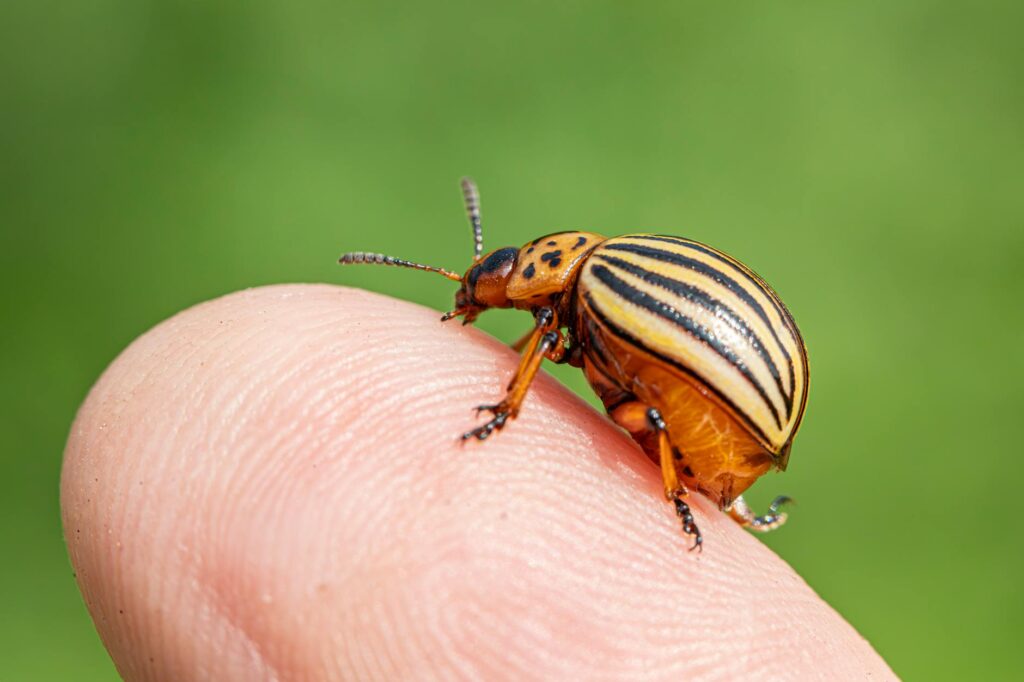
Beneficial insects and how to attract them
When it comes to natural pest control, beneficial insects are your garden’s best friends. These helpful creatures prey on harmful pests, pollinate plants, and contribute to overall ecosystem balance. Here are some ways to attract them:
- Plant diverse nectar-rich flowers
- Provide water sources like shallow dishes or birdbaths
- Avoid broad-spectrum pesticides
- Create insect shelters using fallen leaves or hollow stems
Some of the most beneficial insects for your garden include:
| Insect | Benefits | Attracted by |
|---|---|---|
| Ladybugs | Eat aphids, mites, and scales | Dill, fennel, and marigolds |
| Lacewings | Consume aphids, mealybugs, and small caterpillars | Daisies, sunflowers, and cosmos |
| Hoverflies | Larvae feed on aphids; adults pollinate | Alyssum, calendula, and cilantro |
| Parasitic wasps | Lay eggs in pest insects | Yarrow, mint, and parsley |
Homemade organic pesticides
For those times when beneficial insects need a little help, homemade organic pesticides can be an effective and eco-friendly solution. Here are some easy-to-make recipes:
- Garlic-pepper spray: Blend garlic cloves and hot peppers, strain, and dilute with water
- Neem oil solution: Mix neem oil with water and a small amount of liquid soap
- Soap spray: Combine liquid soap with water for a simple yet effective pesticide
- Diatomaceous earth: Sprinkle this natural powder around plants to deter crawling insects
Remember to test these solutions on a small area first and apply them during cooler parts of the day to avoid leaf burn.
Strategic plant placement for pest management
Thoughtful plant placement can significantly reduce pest problems in your garden. Consider these strategies:
- Interplanting aromatic herbs like basil, rosemary, and mint among vegetables
- Creating trap crops to lure pests away from your main plantings
- Implementing crop rotation to disrupt pest life cycles
- Using companion planting techniques to repel specific pests
Physical barriers and traps
Sometimes, the simplest solutions are the most effective. Physical barriers and traps can prevent pests from reaching your plants in the first place:
- Row covers: Lightweight fabric that allows light and water through while keeping pests out
- Copper tape: Deters slugs and snails from climbing onto raised beds or containers
- Sticky traps: Yellow for flying insects, blue for thrips
- Handpicking: Regularly inspect plants and remove larger pests by hand
By implementing these natural pest control methods, you’ll create a healthier, more balanced garden ecosystem. This approach not only protects your plants but also supports biodiversity and reduces the need for harmful chemicals. As we move forward, we’ll explore how pruning can further enhance your plants’ health and resilience, complementing these pest management strategies.+ Add Section
Conclusion
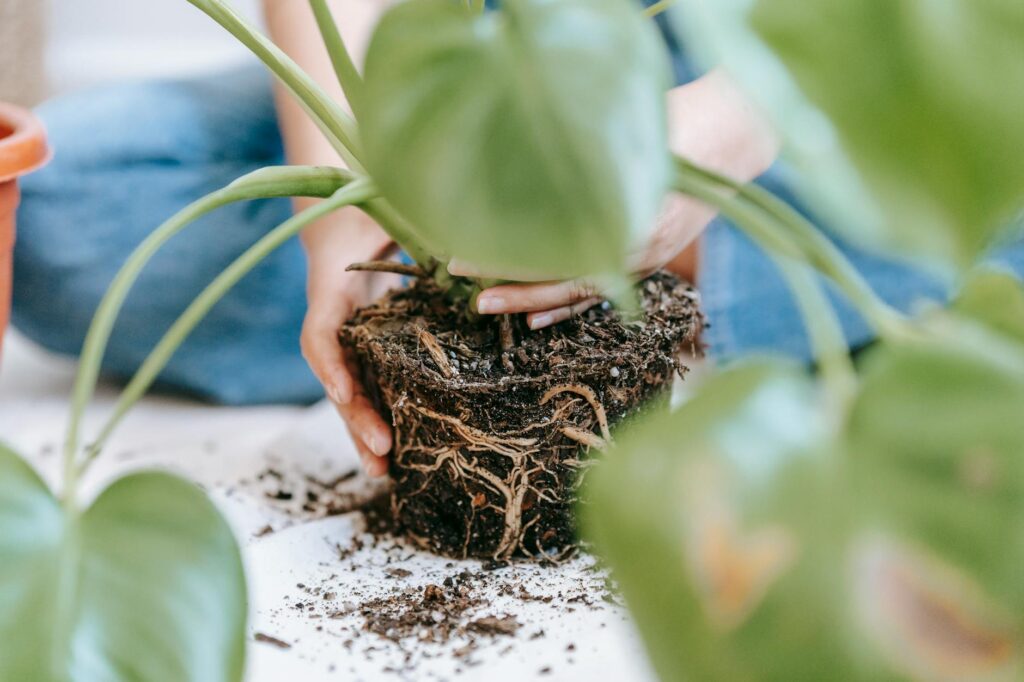
Creating the perfect garden environment is an art that blends science, patience, and creativity. By focusing on soil health, optimizing light exposure, mastering watering techniques, embracing companion planting, crafting microclimates, pruning strategically, and implementing natural pest control, you can transform your garden into a thriving ecosystem. These seven surprising tips not only enhance plant health but also contribute to a more sustainable and harmonious gardening practice.
As you implement these strategies, remember that gardening is a journey of continuous learning and adaptation. Each plant and garden space is unique, so don’t be afraid to experiment and observe. With time and dedication, you’ll develop a deeper understanding of your garden’s needs and witness the remarkable transformation of your green space. Start applying these tips today, and watch as your garden flourishes into a vibrant, productive, and beautiful oasis.

